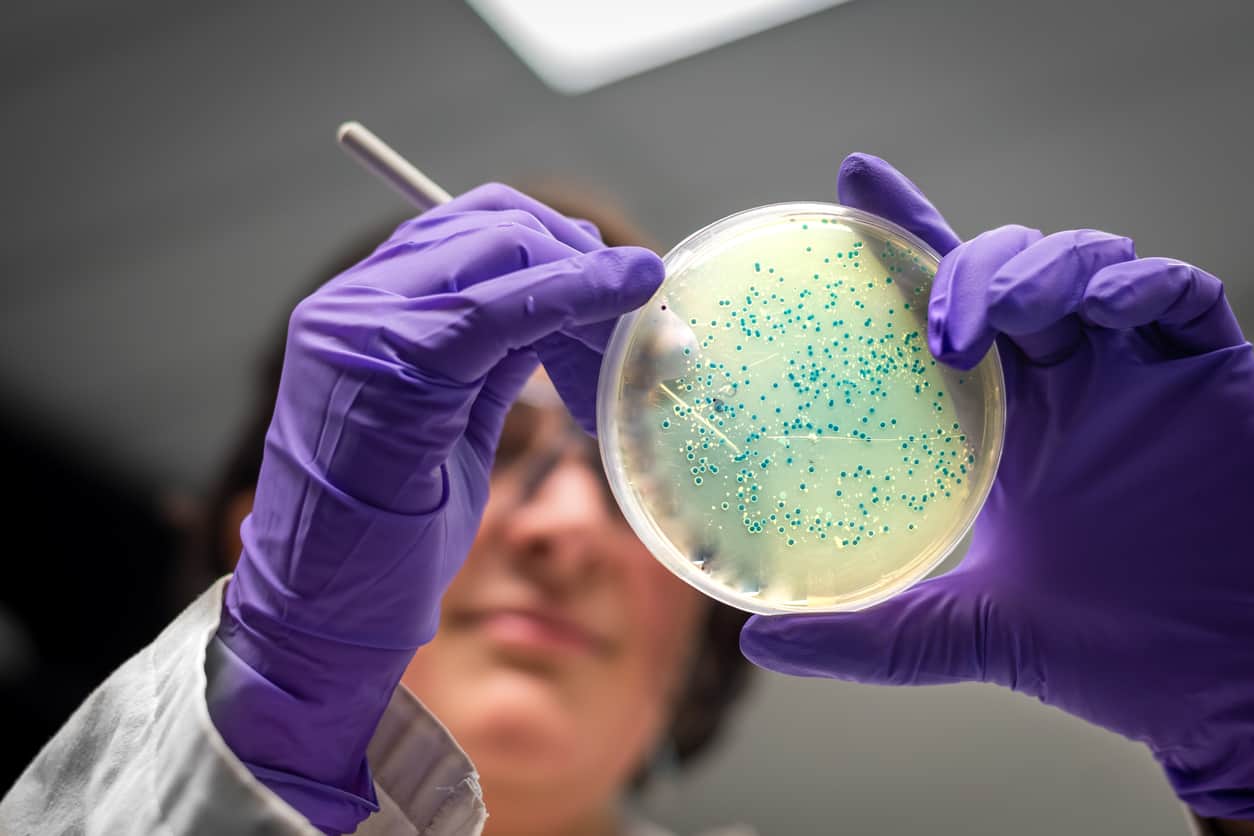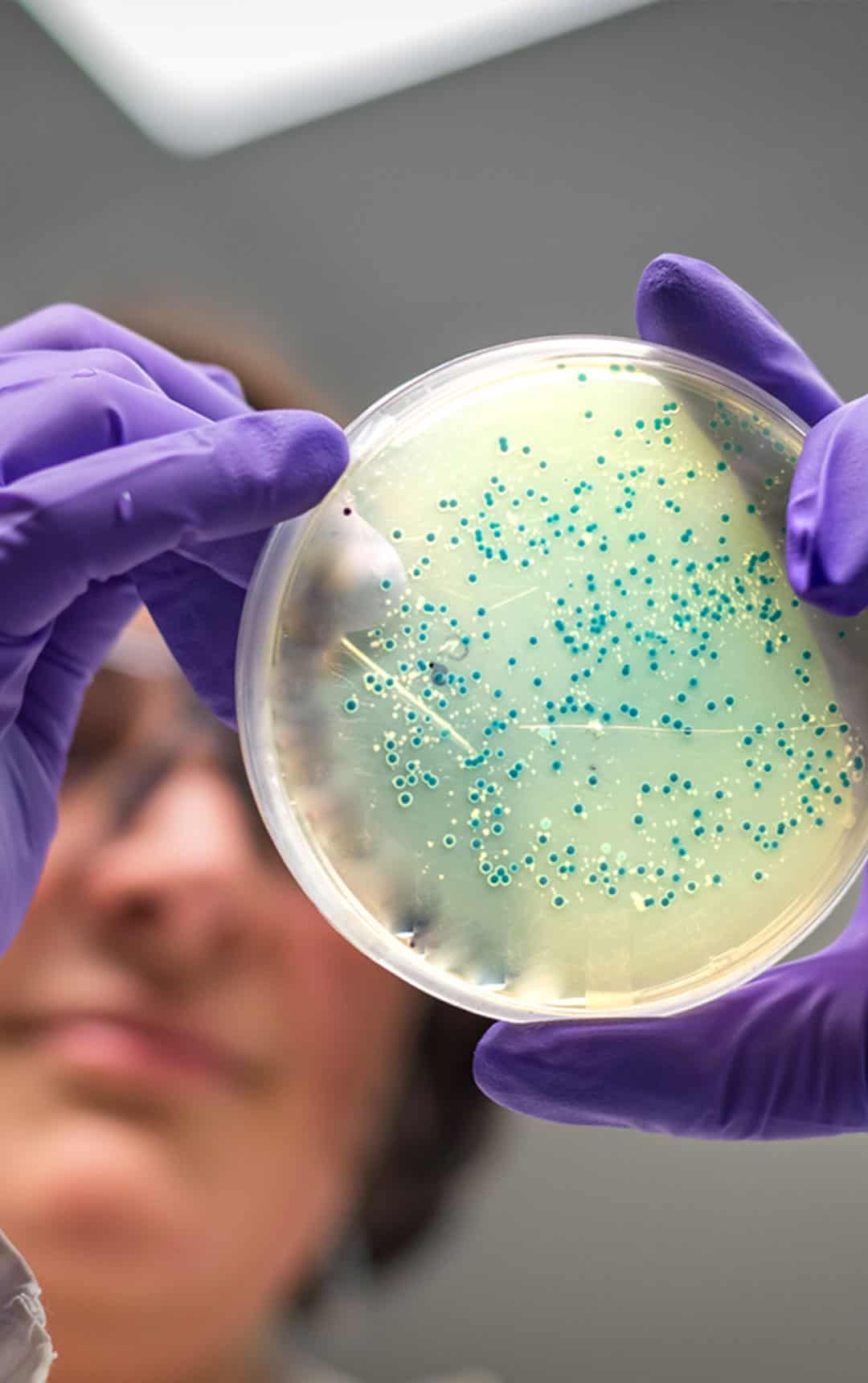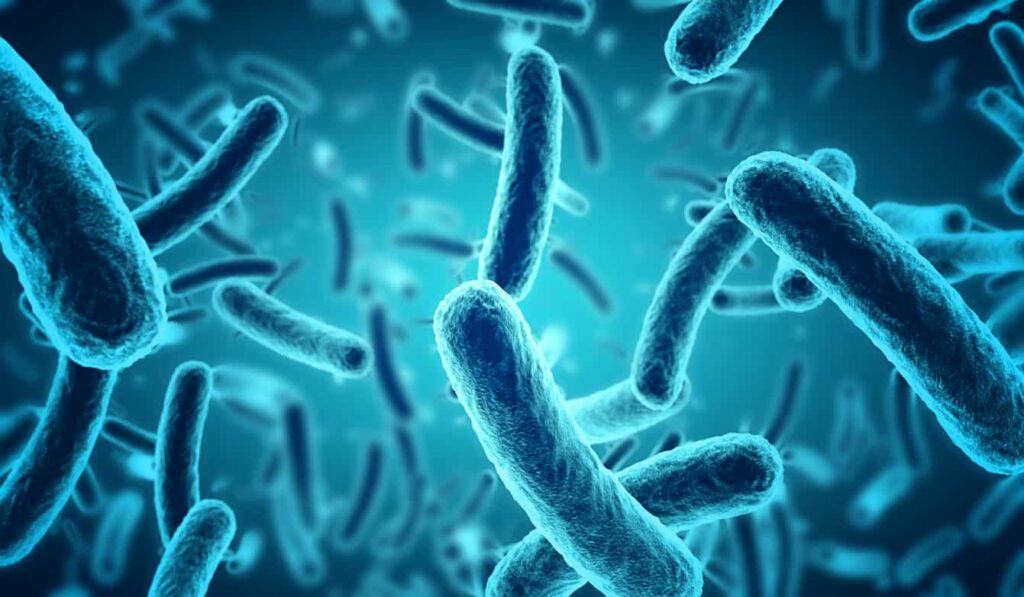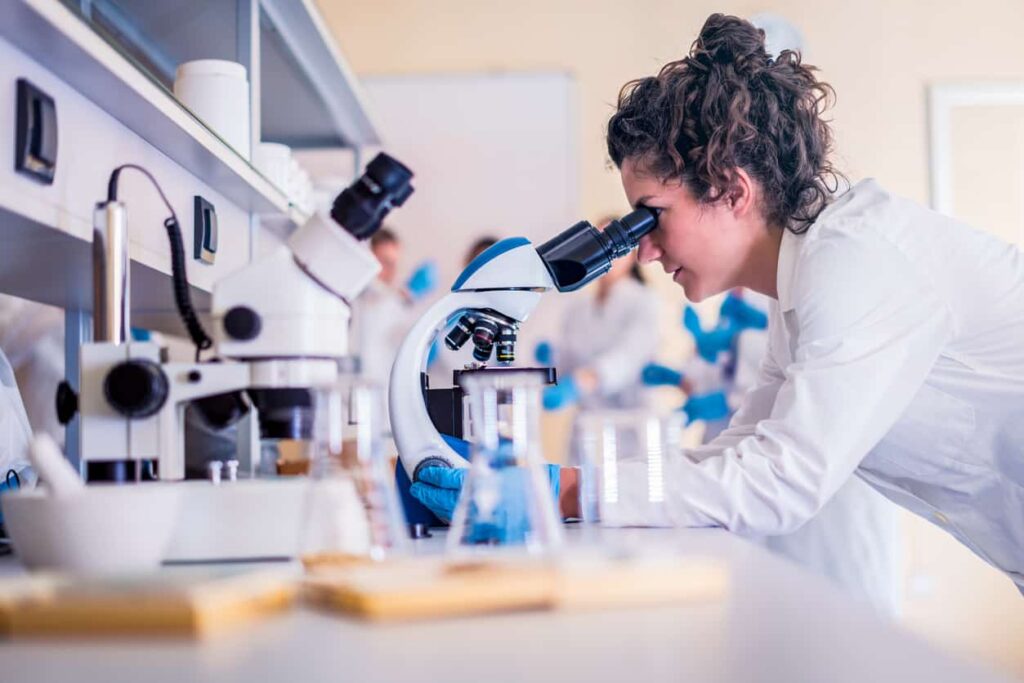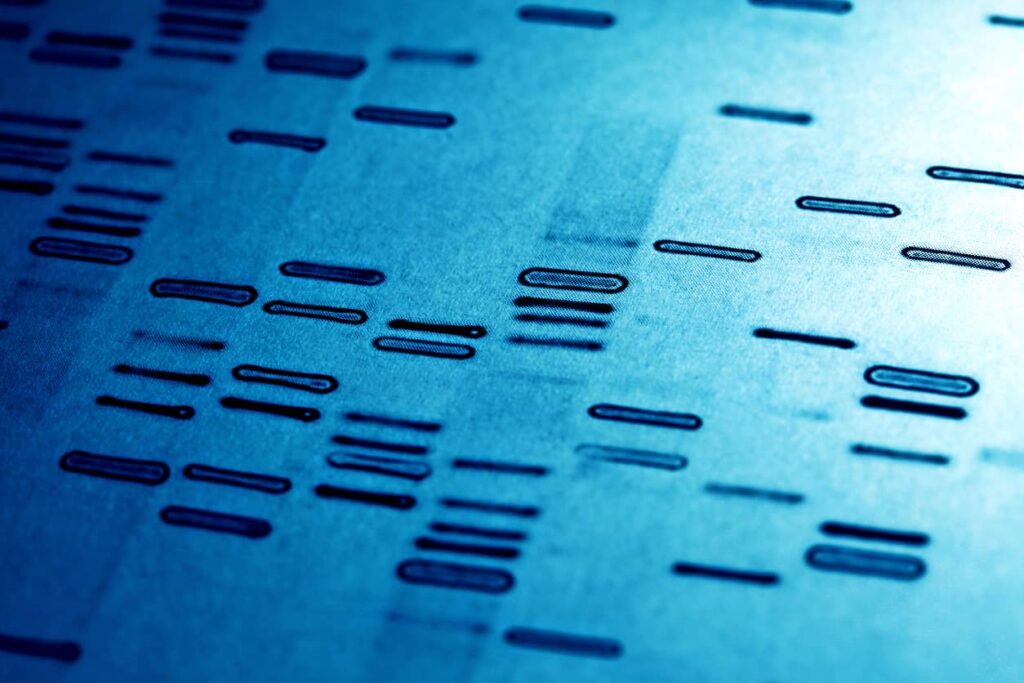Discover how bacteria can be genetically engineered to have new characteristics which make them useful for scientific research and medicine.
Discover how bacteria can be genetically engineered to have new characteristics which make them useful for scientific research and medicine.
Students follow a protocol to insert plasmid DNA containing a modified bacterial operon and GFP (Green Fluorescent Protein) gene into bacterial cells and learn how to use good aseptic technique to streak out their genetically modified bacteria onto agar plates. An additional hands-on activity explains the process of DNA cloning using ‘sticky ends’.
Curriculum links
Key stage 4 and post-16
Biology
- KS4 Science - Cell Biology | Health, Disease and the Development of Medicines | Evolution, Inheritance and Variation
- AS/A Level Biology - Cells | Biological Molecules | Genetics and Evolution
- OCR AS and A Level Biology - A and B- PAG 7 Microbiological techniques: 7.3 Transformation of bacteria with plasmid encoding GFP
School trip prices
Please note: there is a small price increase from September 2024 – full details.
Teachers and and adult helpers go FREE!
Workshop only
£200
(full class up to 24)
£100
(half class up to 12)
Science centre add-on
£5.00 per pupil
Post-visit resource
I’m a scientist (online) sessions
£30.00 per class
